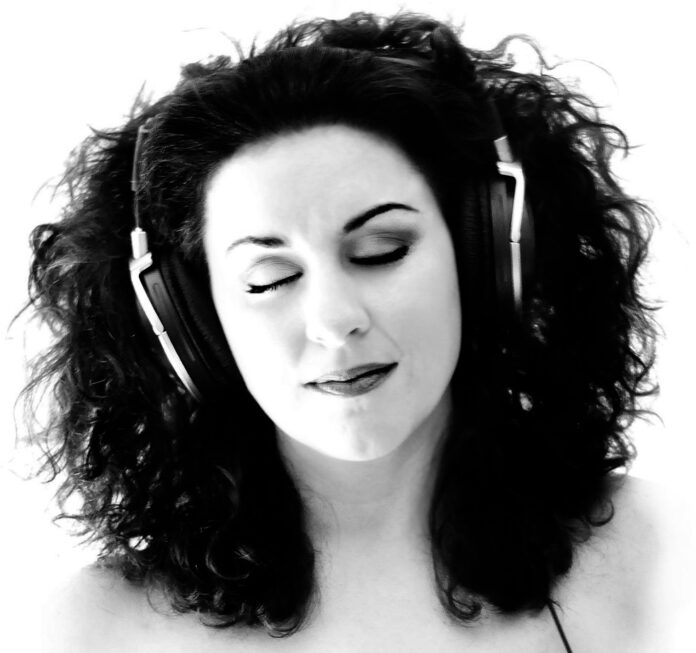Most people aren’t tormented by recurring tapping or chewing. But for sufferers of a rare neurological disorder, such sounds can trigger pain.
I put on my black gloves, and sway back and forth in the cold. When the 11:30 p.m. bus arrives at the student center, I quickly step on, and make my way to the secluded seats in the back. As I place my backpack beside me on the seat, I haphazardly search for my American government book.
I open it to my most recent page, marked by an aqua blue sticky note, and begin to read.
Abruptly, the sound of aluminum rubbing against itself expands through the bus. It’s a slight noise, but for me the screeching is noticeable. I assume the person behind me is about to consume something, and I panic slightly. I open my backpack to look for my earplugs. When I realize I forgot them in my dorm, along with my earbuds, I pray for the best.
Once the person behind me opens their bag and the air contained within the chips empties into the surrounding area, a perfectly shaped chip introduces itself.
Munch. Crunch. Crackle.
With every passing second, my brain moves one step closer to a full migraine.
I get angry: Angry at the world, but mostly at myself. Then the person lifts up a water bottle, and drinks. Although I can’t physically see him or her, I can hear everything. The pressure in the person’s throat experiences direct contact with the water, and a big gulp indicates that the drink is traveling down their esophagus.
I look around and find that everyone on the bus treats this as innocuous. My brain, on the other hand, is in flames, and every second of sound, crunch, gulp and breath is unbearable. I then catch a few coughs coming from the opposite direction. When the bus reaches the next stop, I grab my bags and move to the opposite aisle, closest to the driver, to escape the harrowing noise.
I was experiencing symptoms of misophonia.
It’s difficult to imagine a person who would prefer to live in silence. The sound of children’s’ laughter, melodies, and powerful public speeches can prompt feelings of fulfillment. Hearing allows us to experience the world in all its glory: to live in nature, and to observe the sublime distinctions of all living beings. It is quite astounding to believe that anyone would want to give up such a delightful gift.
For individuals with misophonia, however, this gift can turn into a nightmare.
According to the International Misophonia Research Network, misophonia is a neurological disorder, in which certain auditory stimuli are encoded as dangerous. Individuals with misophonia are “triggered” by repetitive sounds, such as chewing, coughing and sneezing. These catalysts can result in severe physiological and emotional stress.
Individuals with misophonia are highly triggered by specific sounds, rather than by general sounds that may seem disturbing to many individuals, says James Cartreine, a clinical psychologist and instructor in psychiatry at Harvard Medical School, citing a recent Britain study.
For people with misophonia, normal sounds – such as chewing, breathing or clicking – can induce migraines.
One misophonia survivor, Ashlye Kyle, speaks about her experience to her 6,000 subscribers on YouTube. Kyle began experiencing symptoms from specific triggers, such as coughing and sniffing, when she was in second grade.
“I noticed that while I was in school, if somebody would cough repeatedly or sniff or if I could even hear them breathing, it physically hurt me,” she reported.
If her classmates noticed her looking at them when they made those sounds, they would intentionally repeat the triggering sounds, Kyle said. Mimicking is a useful coping method for misophonia survivors, and one that Kyle used when she found herself in a situation she couldn’t avoid. Actively imitating triggering sounds assuages symptoms for some survivors, but exacerbates them for others.
The first time I remember experiencing symptoms, I was 13. The most difficult misophonia incidents occurred at home. I felt distressed at hearing several family members at once make loud noises while eating. Even worse, I shared a very small room with my sister, which created multiple issues.
Many people may think people like me are making too much of a fuss over sounds. My parents, for example, think my migraines are merely self-constructed. But for me, Rhodes, Kyle and so many others, the pain is real. According to the Misophonia Institute, some 40 million people in the United States could be living with misophonia.
This condition affects our everyday interactions at home, school and work. I often have to wear earplugs to be able to sit and eat with my family, and although being in public alleviates some of my symptoms, dealing with sound is always a struggle.
Although there is no cure for misophonia, there is always hope. That begins with online support groups. Other assists include exposure therapy, drowning out sound with white noise, exercise and solitude. And for everyone else out there: while you might be enjoying your meal, it’s important to be aware of the people around you. For all you know, some of them could be misophonia survivors, too.

